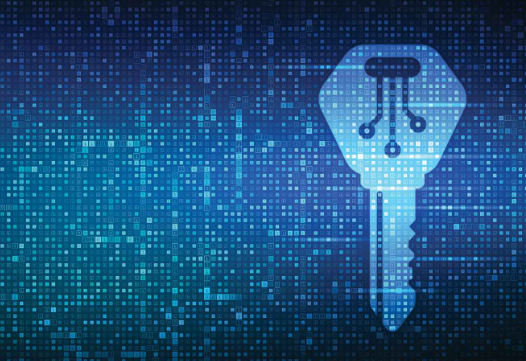Patent licensing is an essential aspect of intellectual property that permits patent holders to monetize their inventions, while also giving others the right to make use of or sell their patented technology. Knowing the ins and outs of patent licensing is essential for inventors, businesses, and legal professionals alike.
What is Patent Licensing?
A patent license is an legal arrangement between patent owner (licensor) and another party (licensee) that grants the licensee the right to use the patented invention with certain conditions. The arrangement may be exclusive, where only the licensee has access to the patent or it could be non-exclusive, which allows more licensees and multiple users to benefit from the rights. The license can cover the entire patent or specific uses of the invention.
Types of Patent Licenses
Exclusive License: This type of license provides the licensee with exclusive rights to make use of the patent’s invention, meaning the licensor can’t grant rights to other. Exclusive licenses are often sought after because they provide the licensee with an advantage in competition.
Non-Exclusive License: In this case, the licensor has the option to grant a license for the patent to various parties. This is a great option for patent holders looking to make the most money.
Sole License: In this scenario only the licensee is able to make use of the patent however, the licensor retains the right to make use of it. This is a hybrid between the exclusive as well as non-exclusive licensing.
Cross-License: This involves two parties agreeing to grant each other rights to utilize their respective patents. Cross-licensing can be advantageous in industries that collaborate, as companies benefit from sharing technologies.
Key Considerations in Patent Licensing
When signing the patent licensing arrangement, several factors must be considered:
Licence Agreements often contain royalty payment in relation to sales or the profits generated from the patented technology. Determining a fair royalty rate is essential to both the parties.
Territory: The agreement should define the geographical regions in which this license can be used, because patent rights can vary significantly according to the location.
Licensing agreements generally have a predetermined time frame, and after that the rights revert to the licensor unless renewed.
Licenses: The field of use can limit the use of the patented invention to specific industries or markets.
Conclusion
patent licensing is a successful approach for both businesses and inventors to protect their intellectual property while fostering innovation. By understanding the various types of licenses and the most important considerations both licensees and licensors are able to create agreements that benefit both parties which drive the growth of technology and innovation.



